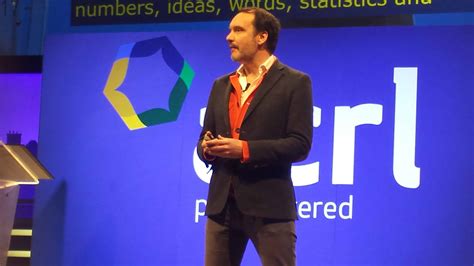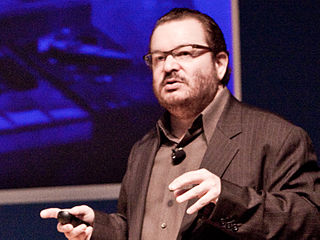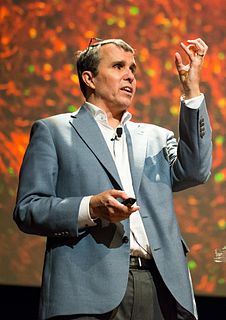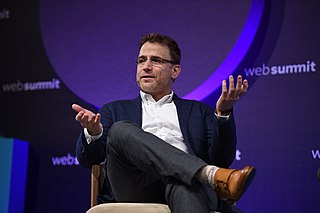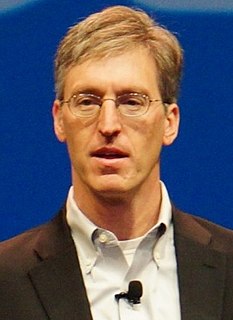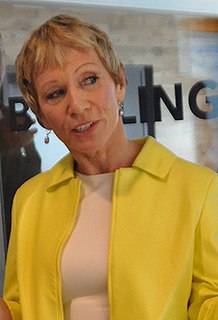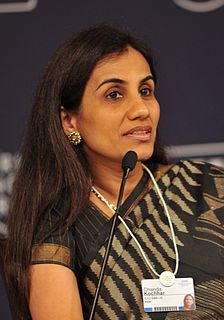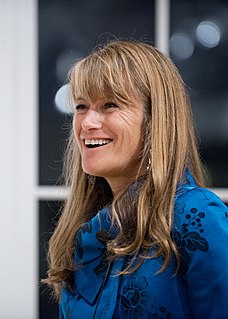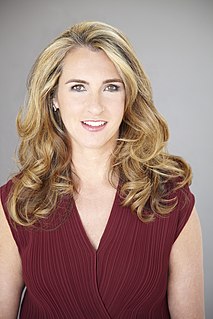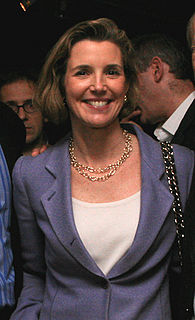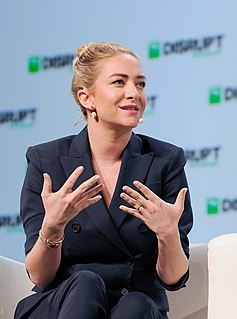A Quote by Ruchi Sanghvi
Dropbox looks really simple to the end user and is extremely magical and just works. But under the hood, the complexity of the technology is huge. The amount of work it requires to store, scale and move this data is pretty intense.
Related Quotes
I also thought the music was a huge contribution, in terms of creating the scale of that. And, I was impressed with just how natural and fluid the world looks. The world is so artificial and it requires so much work to make all the different pieces add up together, but when it comes together, it just looks effortless. It's amazing.
For years I thought I was just a writer, but when I sat down to design and started playing around with it, I realized that, really, it's pretty easy. Obviously it's more than just a set of rules, but the basics of design are actually pretty simple and quite mathematical. The link between data and design works at quite a fundamental level.
MapReduce has become the assembly language for big data processing, and SnapReduce employs sophisticated techniques to compile SnapLogic data integration pipelines into this new big data target language. Applying everything we know about the two worlds of integration and Hadoop, we built our technology to directly fit MapReduce, making the process of connectivity and large scale data integration seamless and simple.
Flexible working is not just for women with children. It is necessary at the other end of the scale. If people can move into part-time work, instead of retirement, then that will be a huge help. If people can fit their work around caring responsibilities for the elderly, the disabled, then again that's very positive.
I don't think I would live outside of the Northwest. I think the quality of life in Portland is really good. People move from intense, high-powered jobs, and move to Portland, work half as much and live twice as good. They can afford bigger houses, or they can actually afford to buy a house, they can work the minimal amount and still get by. I think there's a really strong sense of community there. It's beautiful.


